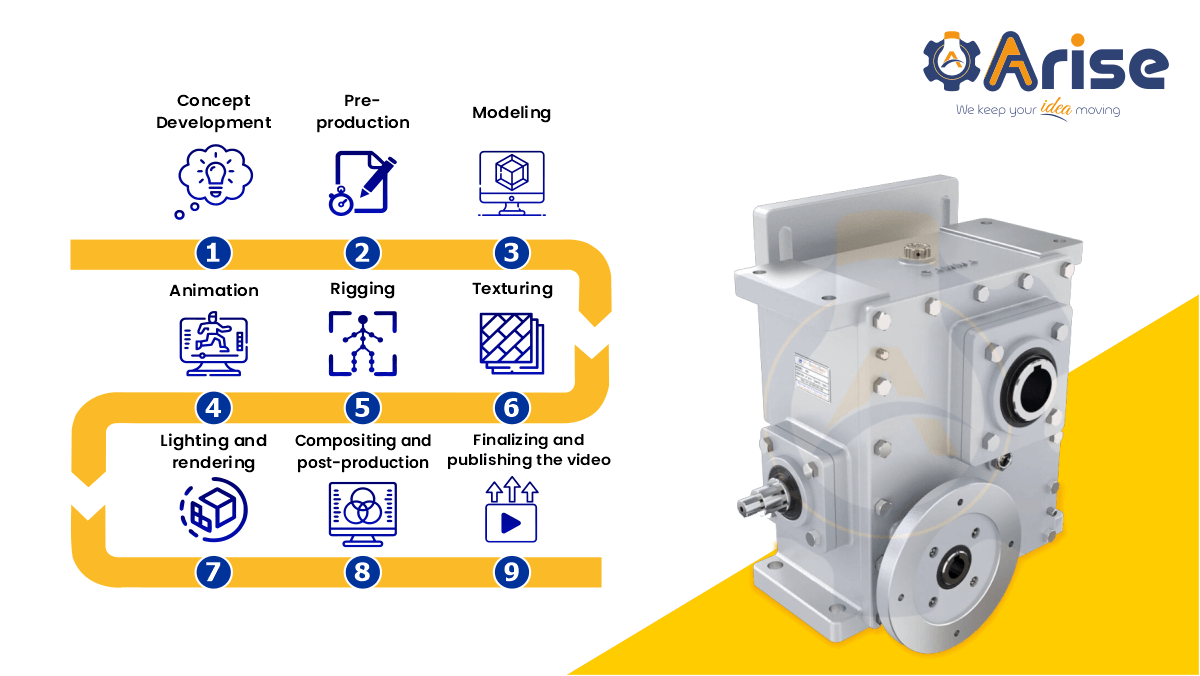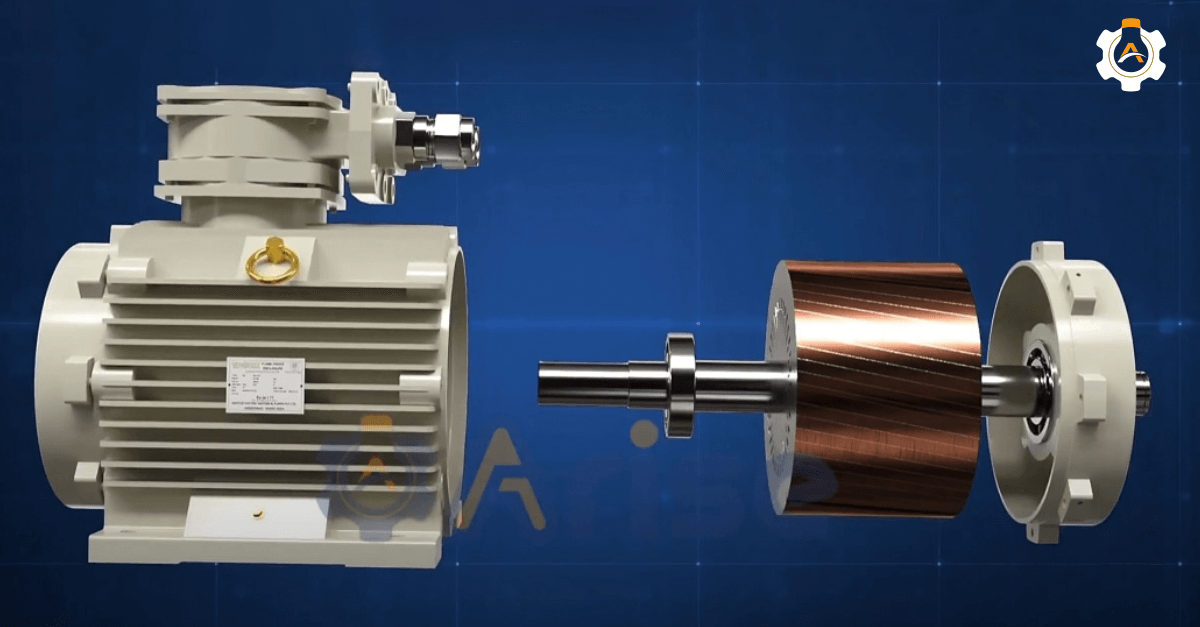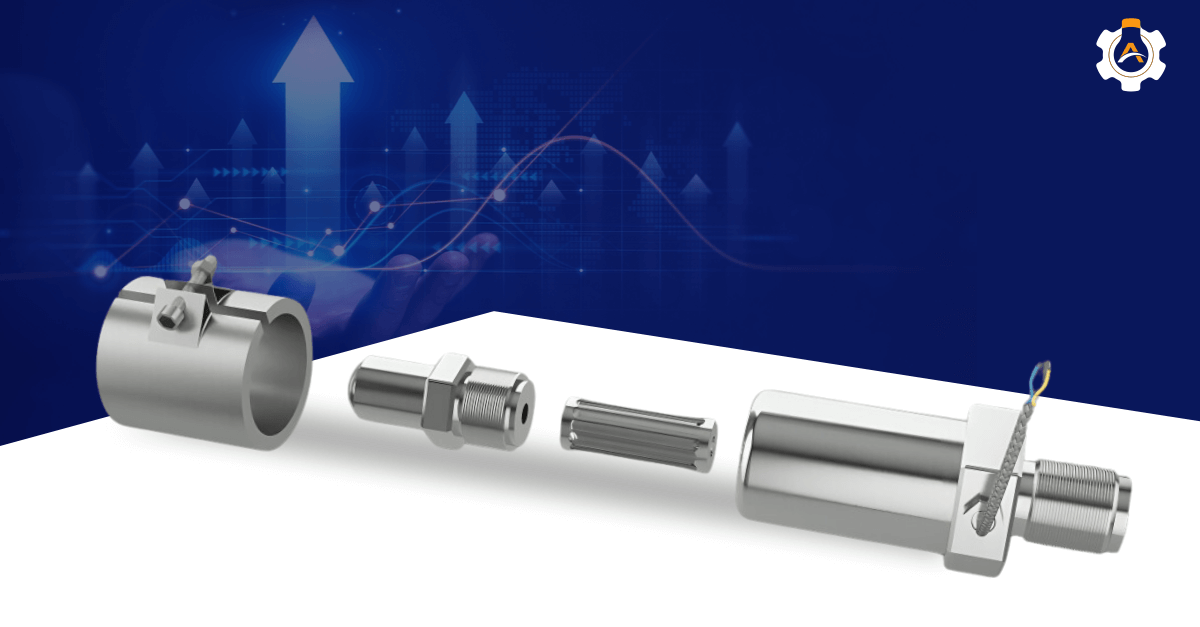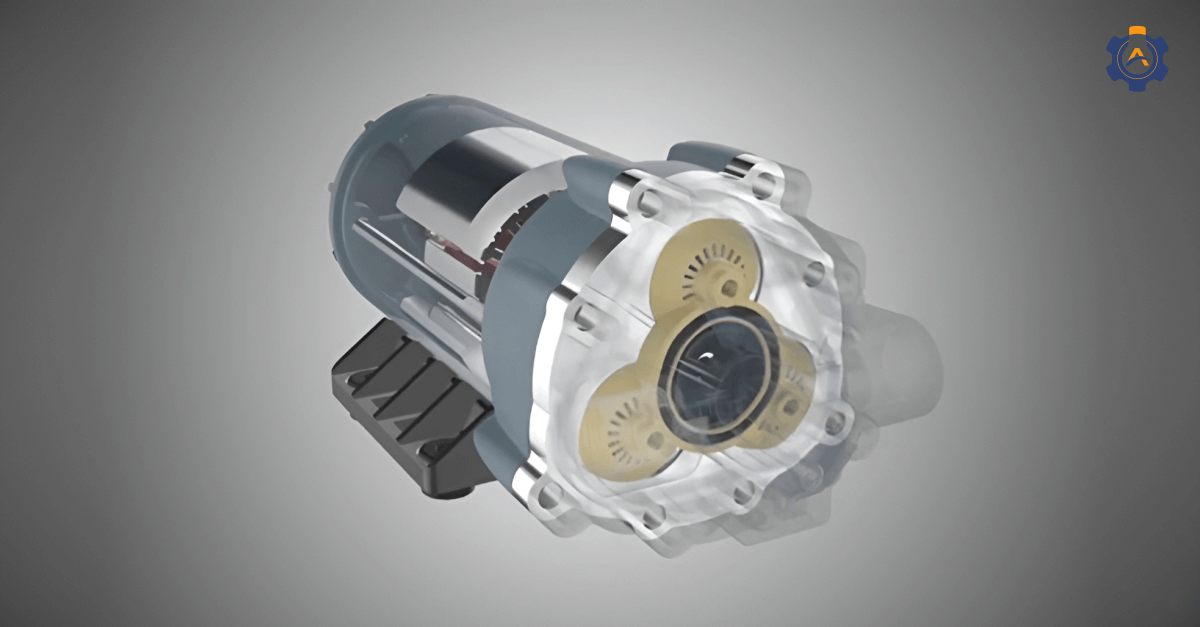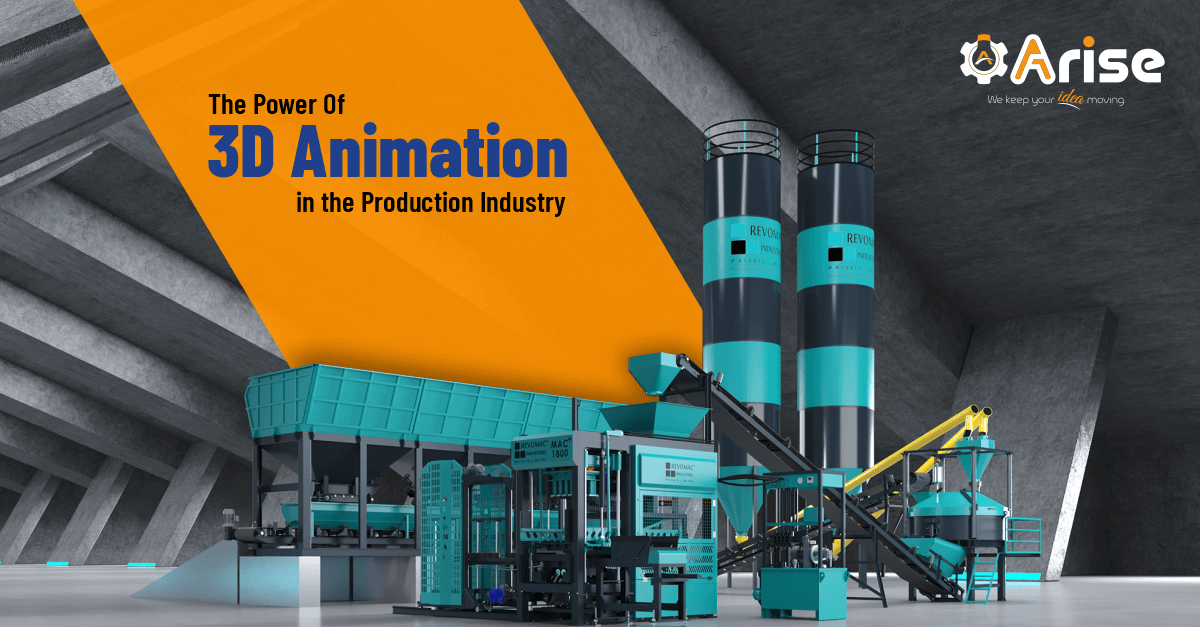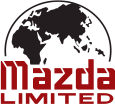Think about that hyper-realistic product demo; what first hits your mind when you see the video is the combination of the three best elements: lightning detail & movements. These elements work together to create an illusion of reality that is so convincing that it can trick your brain so easily.
But do you know it all starts with a carefully crafted process called the 3D pipeline animation?
It’s like a roadmap, guiding the entire team, from concept Skechers to lighting experts, to collaboratively bring your vision to life.
But why animation pipeline is so important? Without an animation pipeline, it is impossible to create animation, and if you still do so, all you will get is inefficient, inconsistent results that lead to heavy costs and time.
So, this ultimate guide walks you through the entire 3D animation pipeline, from the initial concept to the final render & why it is essential. Get ready; it’s time to animate!
What is an animation pipeline?
An animation pipeline is a structured workflow process used to create animated content with excellent efficiency and quality.
Considering the same, this pipeline of 3d animation consists of a team of skilled professionals across various technical disciplines. All these professionals collaborate throughout distinct phases, each focusing on a particular aspect of bringing animation to life, further leading to the final output.
Why is it important to create a pipeline for 3D animation projects?
You’re in control with a 3D animation pipeline – at every step.
Here’s are the reasons why pipeline is important for successful 3D animation:
Properly designed pipeline keeps the entire team on the same page. Artists working on different stages (modeling, animation, lighting) understand the workflow and handoff points. Ultimately, this avoids delays and rework and ensures a smooth flow from concept to completion.
Every phase of the pipeline consists of specific quality checks. This ensures consistency and identifies issues early on, preventing them from falling into more significant problems later in production.
The pipeline helps allocate resources effectively by knowing the time each stage takes. This practice develops the budget more accurately and avoids cost overruns.
Pipeline 3D animation, if crafted appropriately, can adapt projects of varying sizes and complexities..
With a clear pipeline, different teams (design, animation, lighting) can collaborate effectively. They understand how their work contributes to the bigger picture and can anticipate potential roadblocks.
The main components of the 3D animation pipeline
Here are the main components of the 3D animation pipeline:
1. Pre-Production
Concept development: The first stage in the process of 3D animation production is concept development. This is where the idea for the animation is first developed and fleshed out.
Creation of story: During this stage, the team will create a story and style guide for the animation. This helps ensure everyone is on the same page and that the final product will meet the client’s expectations.
Script Writing: A good script is the foundation of any successful animation, and the creative team must have a clear idea of what they want to achieve before moving on to the following stages.
Story Boarding: This is the stage where the team will begin planning the animation’s shot list and storyboard. Once the concept has been developed, the team will move on to pre-production.
Animatics: This is the stage where the team will create different types of storyboards with simple models called animatics to display the scene and movement with great detail. This helps to ensure that the animation will be visually exciting and tell the story the team wants to tell.
Design & budget: This is where the team will create detailed designs for the characters, sets, and props used in the animation.
Pre-production is also the stage where the team will create a production schedule and budget, which will help to ensure that the animation is completed on time and within budget.
2. Production
Modeling: The next stage in the production pipeline in animation is modeling. This is where the team will create the three-dimensional models of the characters, sets, and props used in the animation.
Modeling is a highly technical stage that requires a deep understanding of 3D modeling software and techniques. The models created during this stage will be the foundation of the animation, and they must be accurate and detailed.
Texturing: Once the models have been created, the team will continue to texturing. This is where the team will add color, texture, and other details to the models.
This crucial stage helps bring the models to life and make them look more realistic. Texturing is a complex process that requires a deep understanding of color theory, lighting, and shading.
Rigging: After the models have been textured, the team will continue rigging. This is where the team will create the underlying structure that will be used to animate the models.
Rigging is a highly technical stage that requires a deep understanding of 3D rigging techniques. The rig designed during this stage will be used to control the movement of the models during the animation stage.
Animation: Once the models have been rigged, the team will move on to animation. This is where the group will bring the models to life by animating them.
This highly creative stage requires a deep understanding of animation techniques and principles.
The animation stage is where the story comes to life, and the animators must have a strong knowledge of the script and the storyboard.
Lighting and rendering: The next stage of the 3D animation pipeline is lighting and rendering. This is where the team will add lighting and other effects to the animation to make it look more realistic.
This highly technical stage requires a deep understanding of 3D rendering software and techniques. Lighting and rendering are crucial stages that can make or break an animation.
3. Post-production
Post production is all about fine tuning, polishing and perfecting
Compositing and post-production: Once the animation has been rendered, the team will move on to compositing and post-production.
This is where the team will add special effects, sound, and other elements to the animation to make it look and sound more polished.
Compositing and post-production are crucial stages that can take an animation from good to great.
Color correction: Color correction is also known as color timing or color grading as well. This change is something that is done at the very last stage of the production pipeline for animation! This step will make each shot easier and the entire project consistent.
Finalizing and publishing the video: The final step in 3D animation production is finalizing and publishing the video. This is where the team will review the animation and make any final adjustments or revisions.
Once the animation is completed, it will be exported and delivered to the client. This can involve publishing the video on platforms like YouTube, Vimeo, and the client’s website.
Evolution of 3D Animation Pipeline in 2024
In 2024, the 3D animation pipeline has undergone significant advancements, becoming more smooth and accessible.
Whereas integrating AI and machine learning is a game change, reducing the time and effort required for tasks like rigging and animation.
Real-time rendering engines have become the norm, providing quick feedback and faster iterations. The level of collaboration has also improved with cloud-based platforms, allowing teams to work together seamlessly from any corner of the world.
This evolution has made 3D animation more efficient, pushing the boundaries of what’s possible in digital storytelling.
At the same time, these innovations are not just speeding up the process but also pushing the boundaries of what’s creatively possible in the process of 3D animation.
How can Arise Engineering assist?
Achieve the best potential of the 3D animation pipeline with Arise Engineering as your partner. Our skilled team ensures high-quality output through comprehensive attention to detail in modeling, texturing, rigging, animation, and rendering.
Additionally, we offer customized solutions made only for your specific needs, optimizing workflow efficiency and reducing production time. So, take your creative projects to new heights with us.
